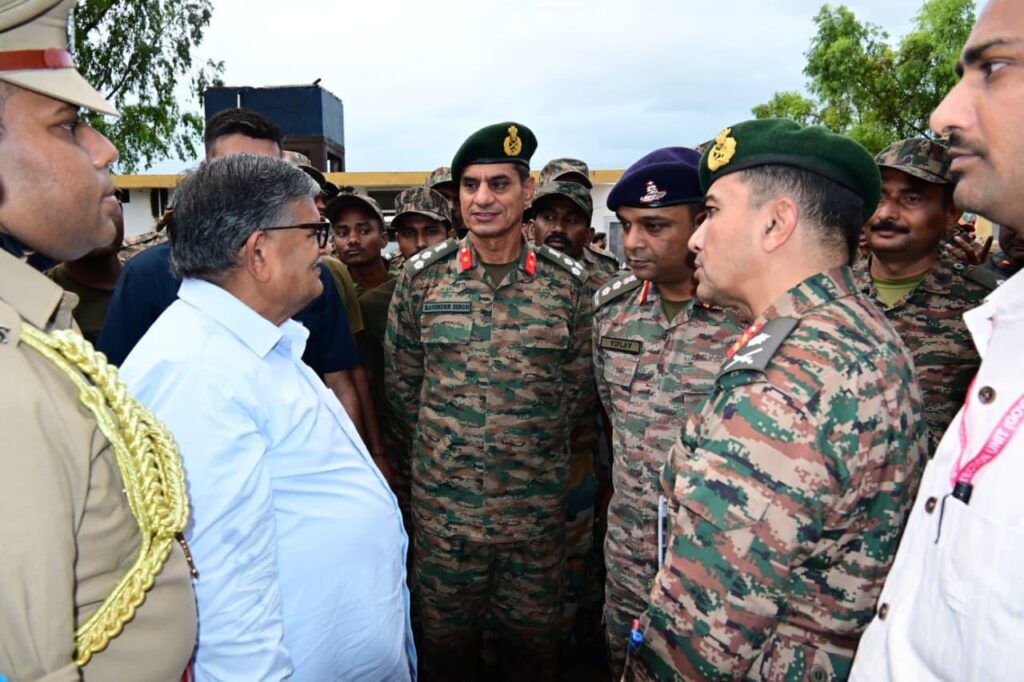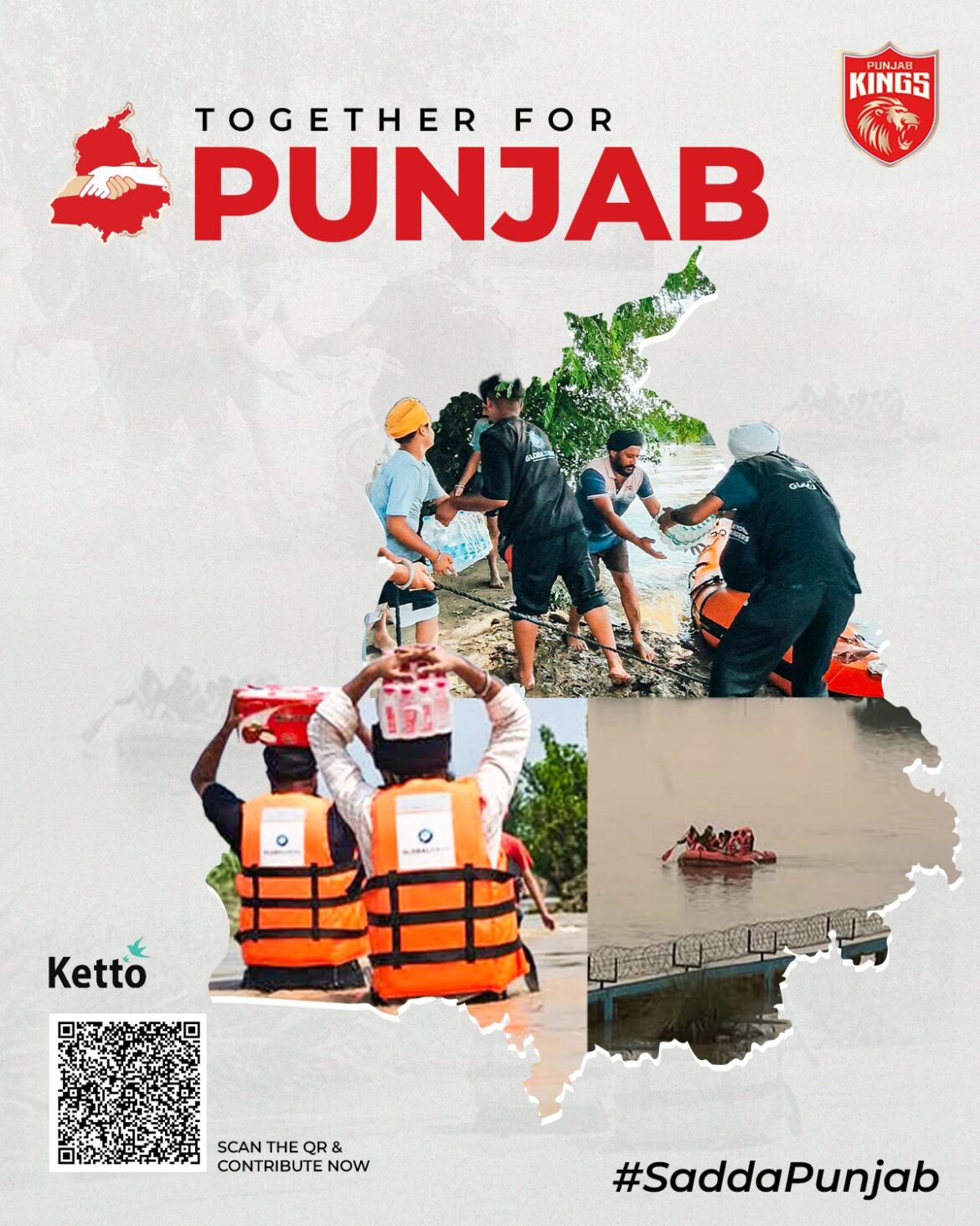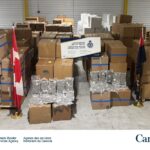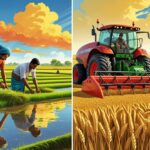Life is a constant struggle for them. They never get time to find peace with themselves. Moving back and forth from their dilapidated homes to shelters has become a routine.
The last six months have been both trying and harsh. At times, their nationality was called into question. Since nature wiped out all man-made boundaries, they crossed natural, geographical, and man-made barriers to share whatever little they had, helping each other survive their worst natural calamity, worsened by the apathy of those in authority.
To such an extent that the historic Gurdwara Sri Kartarpur Sahib was inundated for a couple of days. Sikhs had fought for decades to gain access to one of their holiest shrines, just a few kilometers from the international border.
It is the story of two Punjabs’ tormented by war and water. Ever since the British, before leaving India, divided them into Indian and Pakistani nationalities, they have lost the meaning of peaceful coexistence. In the meantime, they have learned to move quickly whenever danger – natural or man-made strikes.
For the last six months, life has become extremely difficult and painful. Though they have been uprooted several times since the two nations, Pakistan and India, gained what they called “independence from the British,” the past six months have wreaked more havoc on their lives than any time since 1947.

It all began when India and Pakistan briefly went to war, and now again, as the Monsoon unleashed its fury.
Living on the border has never been easy. Denied basic civic amenities, they face eviction or evacuation from time to time. With limited resources and means of sustenance, they always remain under suspicion in the eyes of security forces on either side. Those in distant administrative offices make political and administrative decisions without ever considering their plight or survival.
They feel that stopping the natural flow of rivers has become the domain of authorities, who decide how rivers flow and how poor farmers survive with their small landholdings across fenced borders.
While farmers on the Indian Punjab side are fortunate to have insurance policies, though often only on paper, for both crops and cattle, those in Pakistani Punjab lack such support to fight natural and man-made disasters.
When the division took place, the British divided the territories but were clueless about dividing natural resources, including rivers. Punjab derives its name from the number of rivers crisscrossing its territory. Of the five rivers, Ravi and Sutlej have sustained hundreds of thousands of small and marginal farmers across the borders.
Hundreds of Indian Punjab farmers helplessly watched their milch cattle swept across man-made borders by the devastating Ravi and Sutlej waters.
Thousands of acres of agricultural land have been stripped of their nutrients in the floods. Fertile fields have turned into barren patches. The rivers’ shifting courses and riverine terrain have complicated border demarcations for decades.
This year’s intense southwest monsoon has not only killed hundreds of people in the two Punjabs’ but also caused the deaths of a large number of cattle. While Indian Punjab farmers rely on mechanized farming, they are also largely dependent on milch cattle to supplement family income. In Pakistani Punjab, agriculture is still largely traditional, with cattle still used to cultivate fields.
Allegations flew freely as Pakistani officials accused their Indian counterparts of releasing surplus waters into the Ravi and Sutlej rivers. Indian officials denied the allegations, maintaining that Pakistani authorities were informed in advance about the release of overflowing waters into the Pakistani portion of the rivers. Whatever the case, the sufferers are the poor, regardless of nationality.
Disclaimer: The opinions and views expressed in this article/column are those of the author(s) and do not necessarily reflect the views or positions of South Asian Herald.






